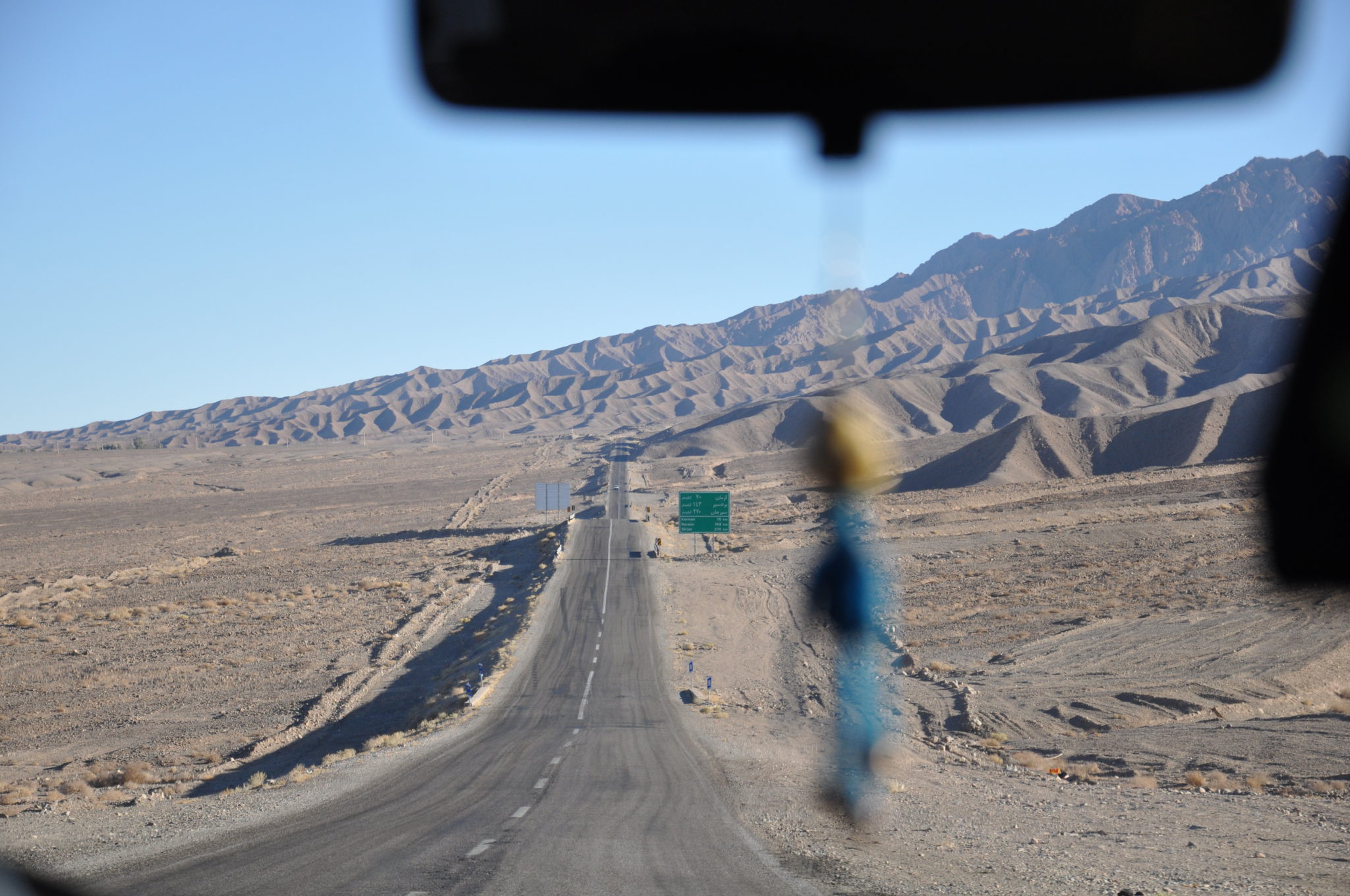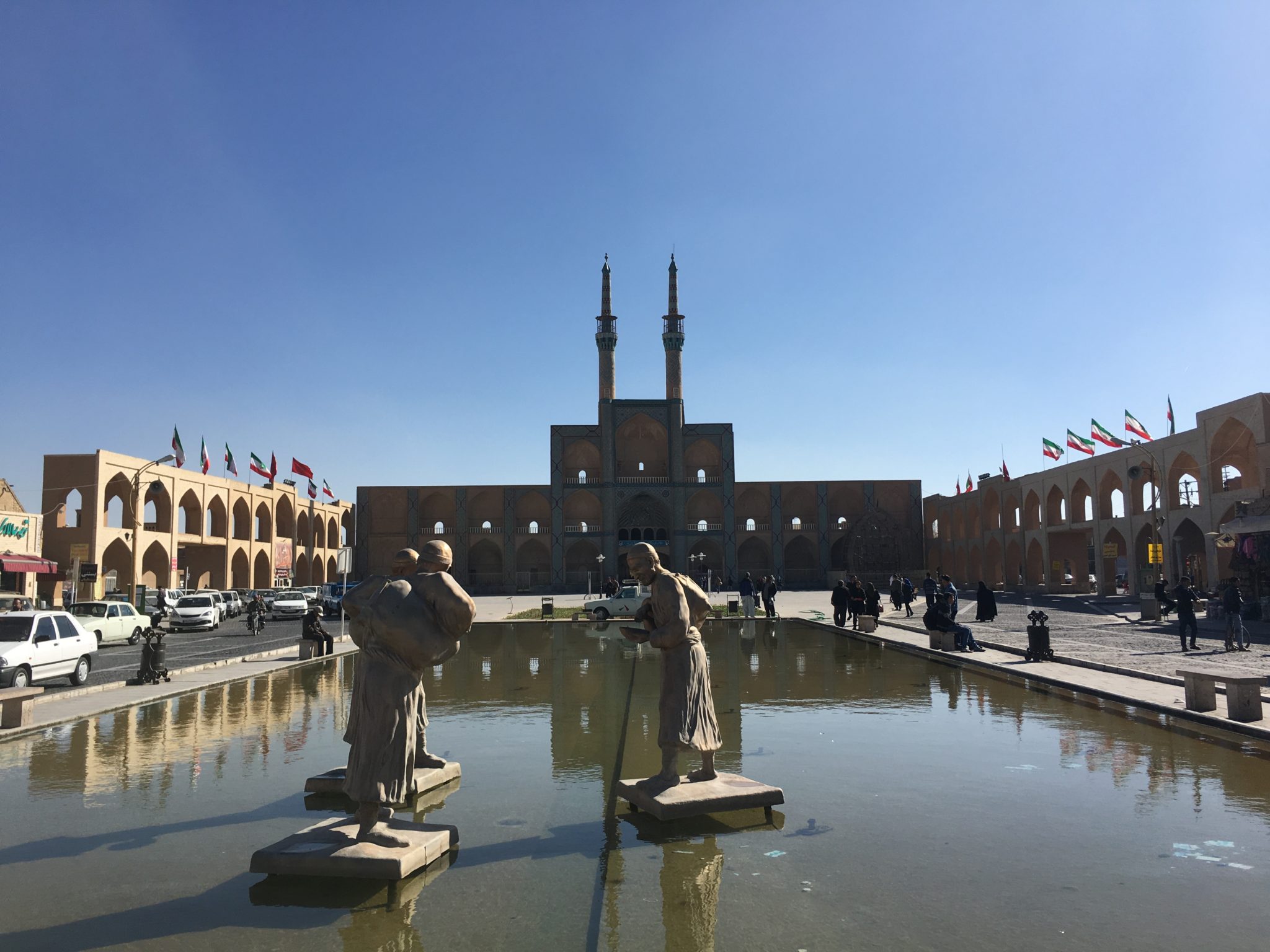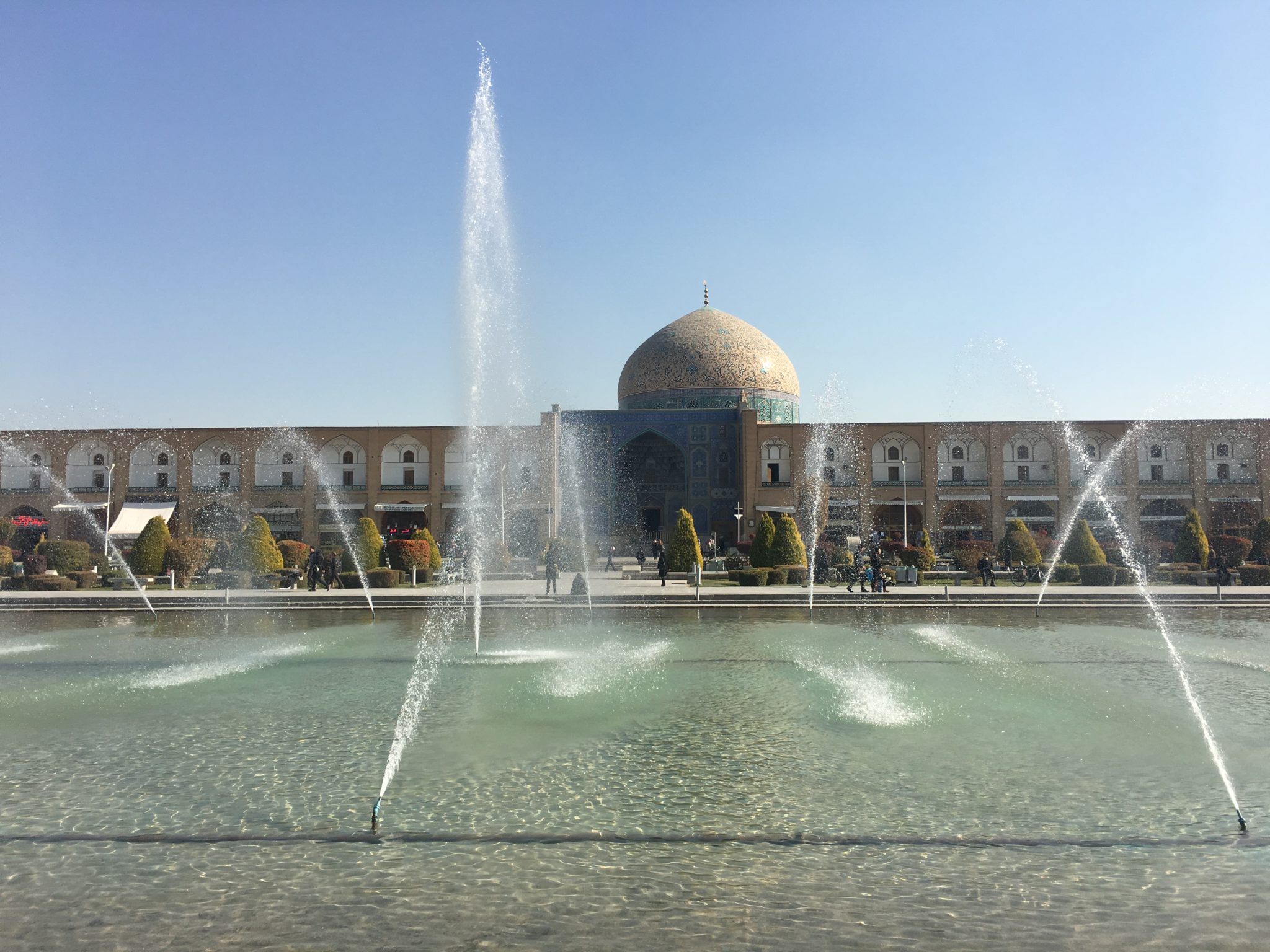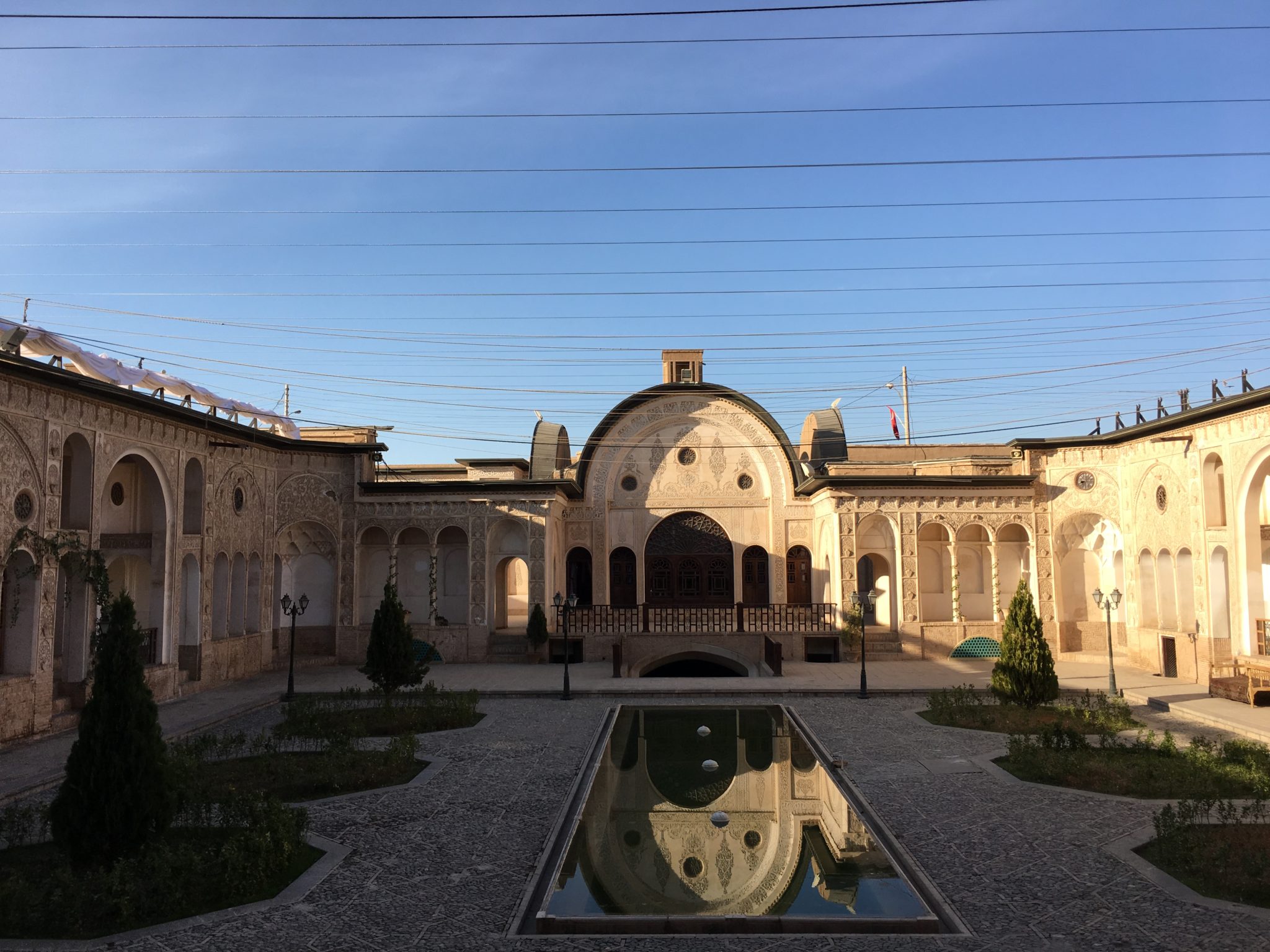
Kerman was not originally on my list of cities to visit in Iran. However, since I had two extra days and didn’t know where to go, my host in Yazd recommended me to go to Kashan. Bushehr and Bandar-e-Abbas were located quite far away from Shiraz, where we were going to catch our flight. Just nice Kerman lies in between Shiraz and Yazd, so we decided to pin Kerman on our list of cities.

Big, sprawling Kerman is something of a cultural melting pot, blending Persians with the more subcontinental Baluchis, who dominate areas east of here. This mix is most evident in the long, ancient covered bazaar, which is the city’s entrancing main highlight. Otherwise the region’s main attractions – notably Mahan, Rayen and the Kaluts – are well out of town. All three can be seen on a long day trip from Kerman, but each now has their own decent accommodation if you’d prefer to escape the city bustle.


Kerman is one of the five historical cities of Iran. From the industrial, political, cultural and scientific points of view, it is the most important city in the southeast of Iran. Kerman is very famous for its long history and strong cultural heritage. Due to the special geographical conditions Kerman province enjoys considerable changeable climate, the average temperature during the months of March-June has been recorded as 20°-25°C. Kerman is Iran’s largest producer of handmade carpets and a major exporter of pistachio nuts. Upon hearing this, we decided to buy our stash of pistachio nuts in Kerman as my host also said that it would be cheaper than in Tehran. Most of the pistachios sold in the country actually come from this province.

Our first stop is the famous bazaar, which is the must-see in each Iranian city. Kerman’s magnificent ‘Sartasari’ (‘end-to-end’) Bazaar is one of the oldest and most memorable trading centres in Iran. Its main thoroughfare stretches 1200m from Tohid Sq to Shohada Sq, the majority covered with classic vaulting and with several caravanserai courtyards off to the north. Within are several museums, bathhouses and religious structures, while the vivacity of the whole experience is enough in itself to keep visitors interested for at least an hour or two, especially in the morning and late afternoon.

This is one of the oldest bathhouses in Kerman and it is worth a visit to admire the magnificent tiles and architecture inside this now-defunct bathhouse.
Ganjali khan bath is a wonderful work, that with its beautiful tile-works, paintings plaster-works pats the eyes of every visitor. Baths are included among the inseparable part of city’s building and are the main and important parts of Islamic cities and villages. The entrance to the Ganjali bathhouse is located along a section of Ganjali Khan Bazaar.

Even though we went around 2pm, the bazaar was still abuzz with activity and many people were shopping for goods.

Who says ping pong is just for the Chinese? As we were walking along the streets, we noticed this group of people who were enjoying the game. They were really engrossed in counting scores so we did not disturb their game.

At night, Kerman comes alive as many of the historic structures are beautifully lighted up. The National Library is housed in a former a textile factory. The hushed Kerman National Library has modestly billed itself as Iran’s ‘greatest informatic research centre’, but for non-Farsi speakers it’s the architecture that appeals, a harmonious variation on late Qajar-era design with a forest of interior columns supporting vaulted bare-brick ceilings. The walkway to the library is lit up at light, like an inviting red carpet. However, we were shocked to find out from our host that the library has separate sections for each gender to visit, so they cannot mingle while reading books.

Another reason why I chose to visit Kerman was to see the kaluts, a beautiful natural phenomena, sand structures formed by wind and water erosion.

The Lut Desert, or Dasht-e-Lut, is located in the south-east of the country. Between June and October, this arid subtropical area is swept by strong winds, which transport sediment and cause aeolian erosion on a colossal scale. It has been known to be the world’s hottest desert as temperatures in the desert had gone up to an almost unimaginable 65°C.


Consequently, the site presents some of the most spectacular examples of aeolian yardang landforms (massive corrugated ridges). It also contains extensive stony deserts and dune fields. The property represents an exceptional example of ongoing geological processes. It is under the UNESCO World Heritage list.

The desert was really beautiful, but unfortunately it is only accessible by car. It would be good to rent a 4WD so that you can drive further inside the desert to see some amazing dunes. Since we only had a sedan car, we stayed quite near the main road as we did not want to take the risk of the car getting stuck in the sand.

Lastly, I also made some good friends in Kerman. This is a group of university students who met me during my last night in the city and we chatted about life in Singapore vs Iran. They have their own aspirations but lamented about not receiving help from the government. The rate of unemployment is quite high in Iran.



